Osprey Settlement Profiler
The Osprey Automated Settlement Profiler provides high precision monitoring of settlement in embankments, foundations, structures, and surcharged soils. Datasheet
Osprey ASP
The Automated Settlement Profiler (ASP) provides high precision monitoring of settlement in embankments, foundations, structures, and surcharged soils.
Operation
The profiler consists of an array of pressure sensors encased in a fluid-filled tube. The profiler can be buried directly in a trench,installed within conduit, bracketed to a wall, or cast in concrete.
Each sensor measures the hydrostatic pressure present at its location in the profiler tube. Hydrostatic pressure increases with settlement and decreases with heave.
After installation, the system is zeroed, and one sensor designated as reference. All the other sensors then report measurements relative to the reference. Changes observed in successive measurements indicate settlement or heave.
An internal bus cable connects the array of sensors to a digital datalogger, which supplies power to the array and records the measurements from each sensor. The logger forwards measurements to the internet.
The system converts pressure measurements to units of elevation (mm) relative to the reference. Further conversion to inches can be performed by a data visualization application, such as GeoCloud Apollo.
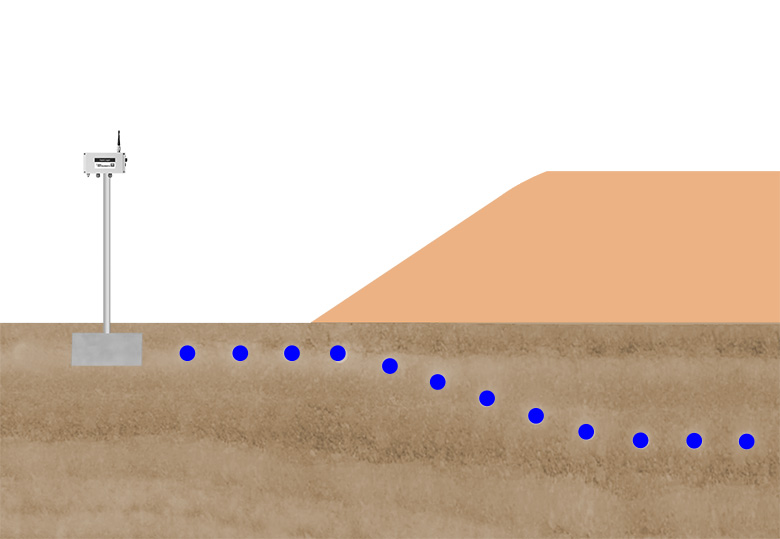
The profiler conforms to the settlement induced by the overburden. The system is nearly immune to damage from construction machinery because it is installed below grade.
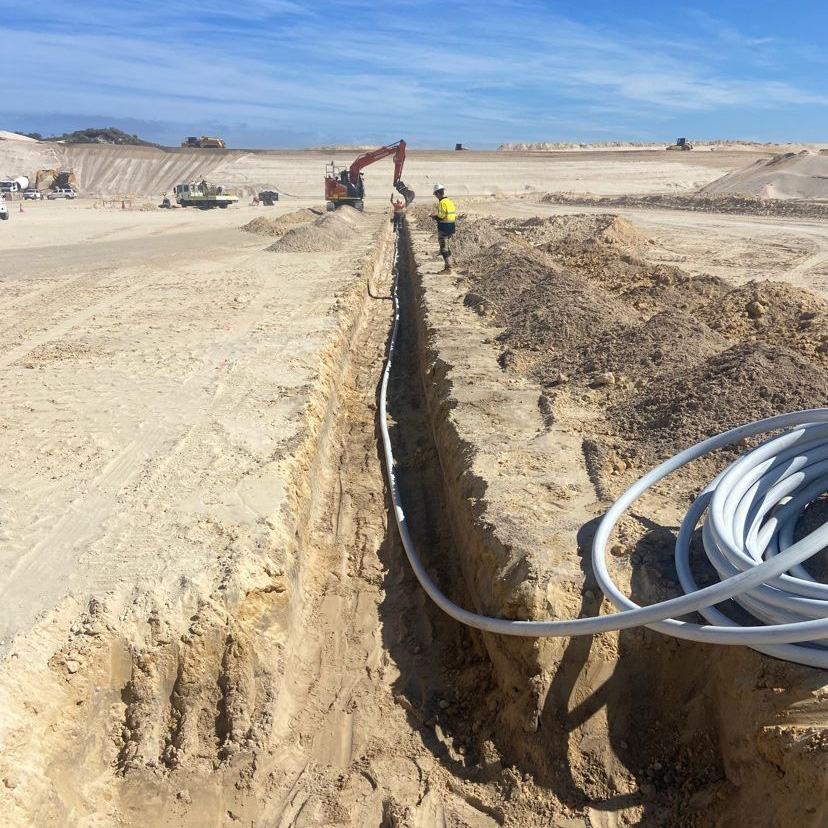
The profiler is available in lengths up to 125m and has a vertical measurement range of 8m.
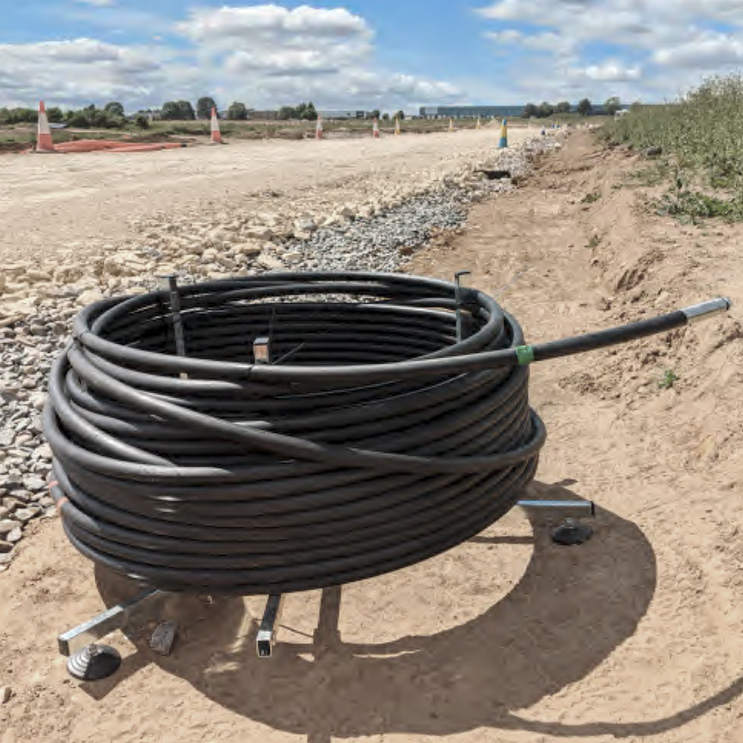
The profiler is pre-filled and sealed to eliminate the need for deairing, flushing, and a reservoir.
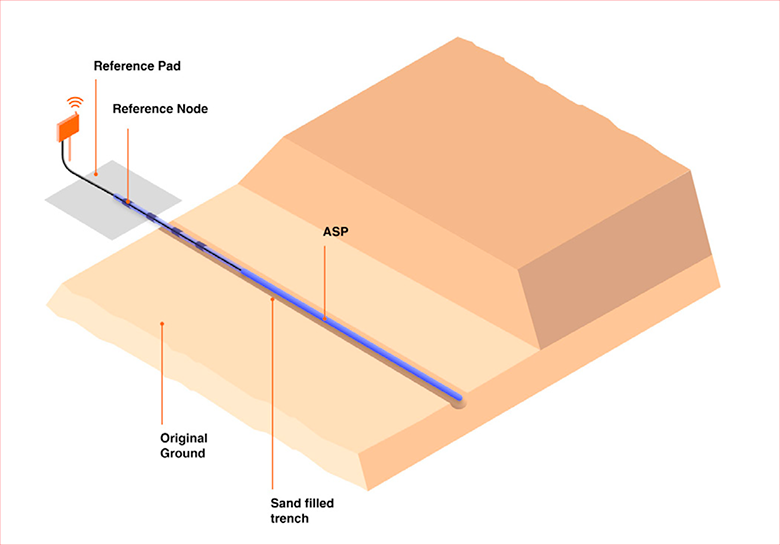
For monitoring soil settlement, the ASP is typically installed in a sand-filled trench and powered by a compact, wireless datalogger.
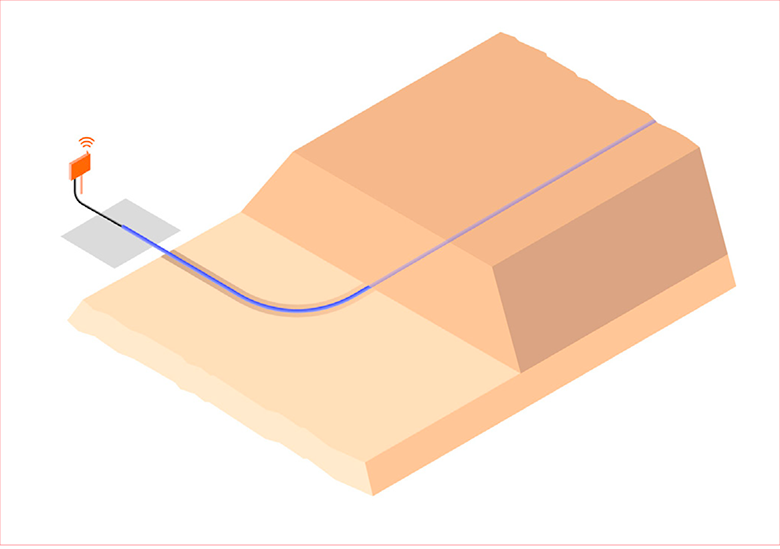
The large vertical measurement range of 26 ft accomodates uneven soil and offers easy placement of the reference point.
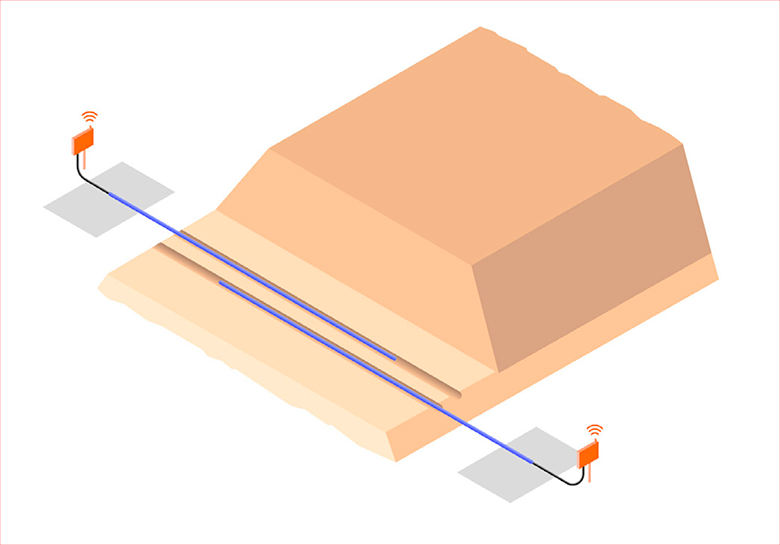
Wide areas can be monitored by overlapping two systems, with the reference transferred from one system to the other.
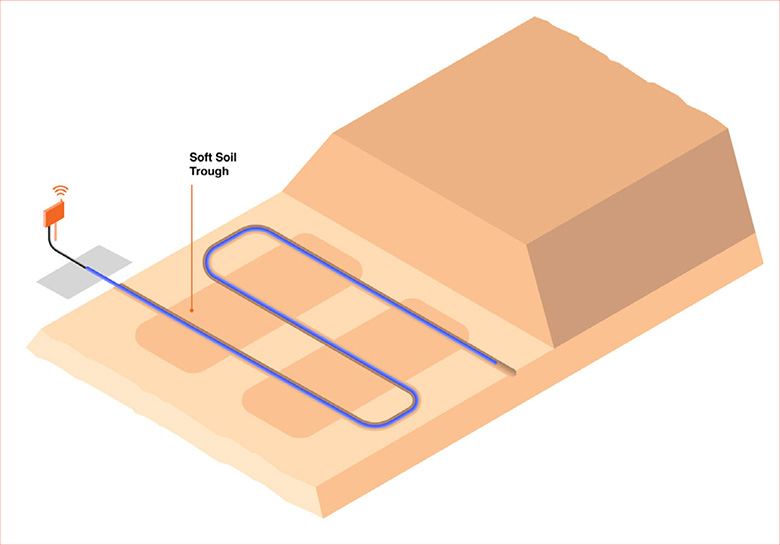
Because each sensor reports its elevation directly, the profiler can be routed in any direction
ASP Advantages
Large Range: The 8m (26 ft) measurement range eliminates the need for initial leveling and allows installation on uneven ground.
Independent Measurements: Each sensor reports its elevation independently. This avoids the cumulative errors that occur in tilt-based profilers.
Self-Contained: Pre-filled, sealed tubing eliminates deairing and flushing issues and the need for an elevated reservoir.
Easy to Install: The system can be buried directly in a trench, installed within a conduit, bracketed to a wall or cast in concrete.
Low Profile: When embedded in a trench, the ASP is nearly immune to damage from construction machinery. When bracketed to a structure, Its low profile makes it unlikely to be struck by machinery.
Easy to Operate: Low power requirements allow arrays of 50 to 100 sensors to be read by battery-powered, compact digital loggers.
Specifications
Range: 8m ( 26 ft) differential.
Resolution: 0.01 mm (0.0004 in).
12 Month Stability: <1mm (0.04 in).
Precision: ± 1mm (0.04 in).
Power Supply: 5-18V.
Communication: RS485, Modbus RTU.
Max Capacity: 40 to 100 sensors, depending on logger.
Enclosing Tube: 25mm diameter, MDPE.
Fluid: aqueous glycerol, evironmentally safe.
Operating Temp: 0 to 40 °C
(32 to 104 °F).
Weight: 420 g/m.
Comms Cable: 4 wire, 22AWG with PU LSZH 6.4 mm jacket.
Standard Lengths: 25, 50, 75, 100, 125m
(82, 164, 246, 328, 410 ft).
Sensor Spacing: 1 m, 2.5m, 5m
(3.3, 8.2, 16.4 ft).
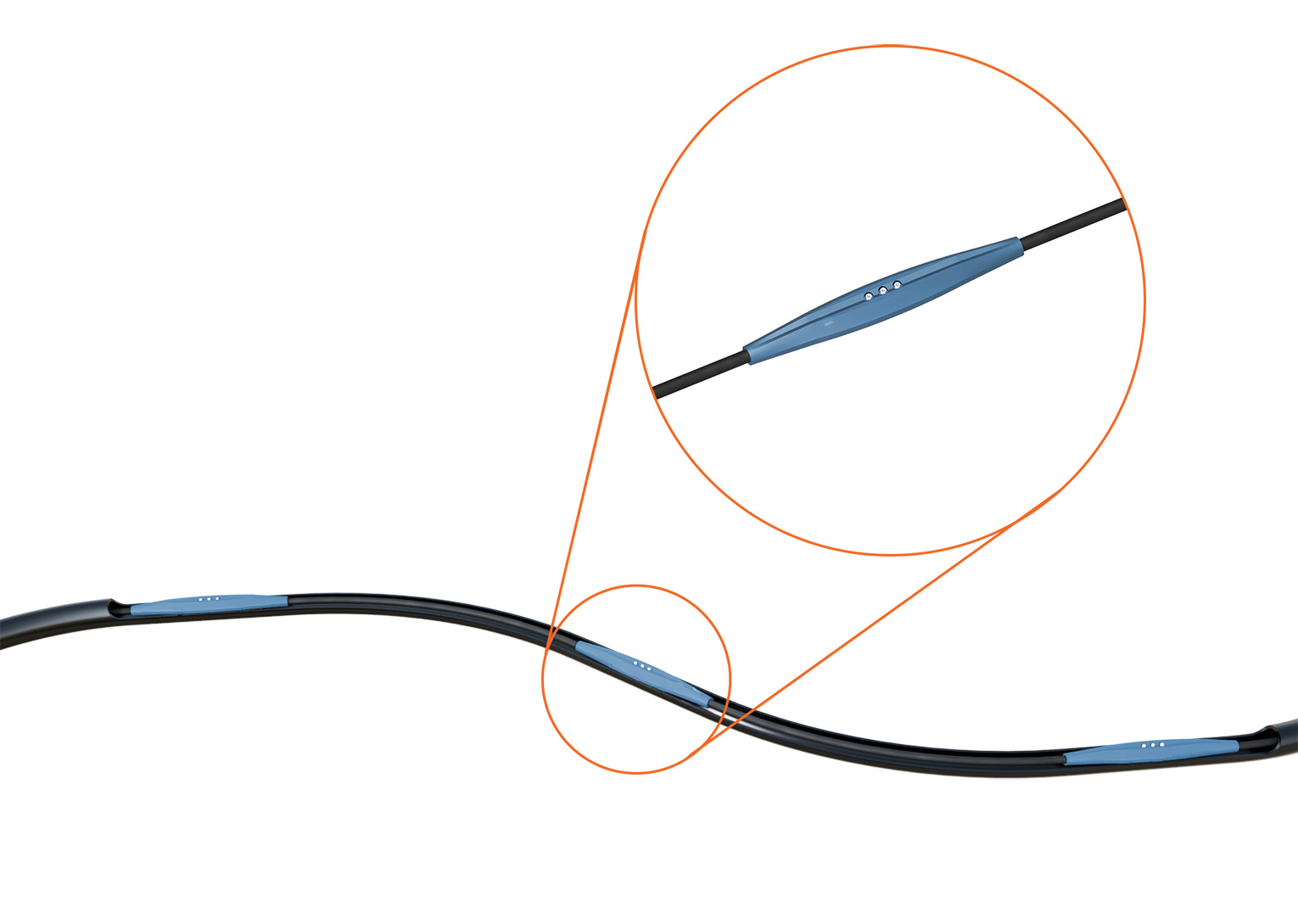
The profiler consists of an array of pressure sensors encased in a fluid-filled tube.
Other Applications
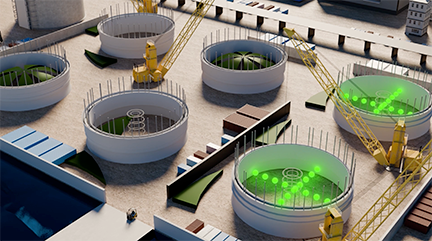
Storage Tank Foundations
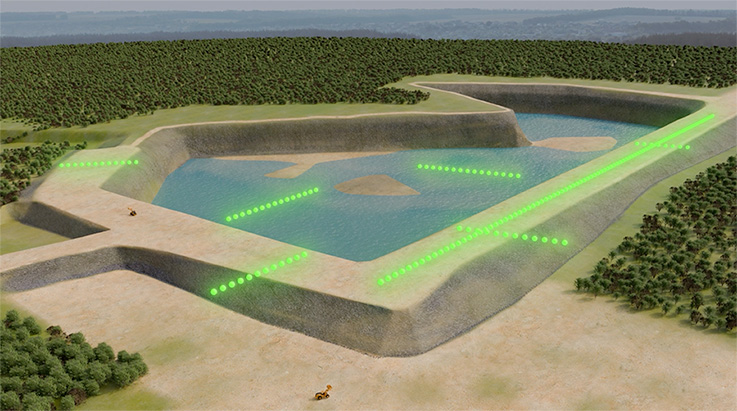
Embankment Dams
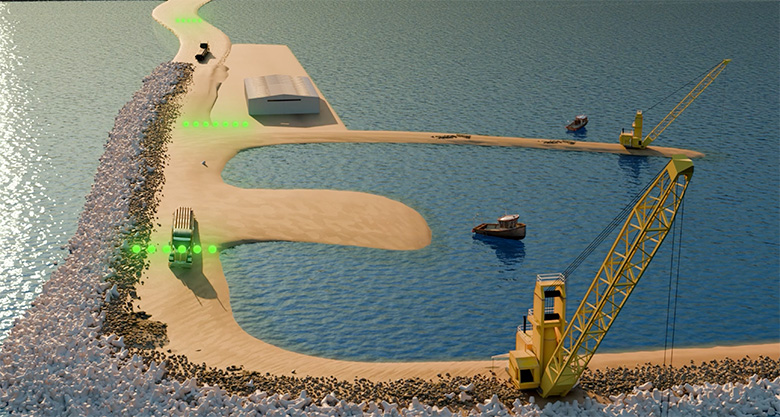
Construction on Soft Ground
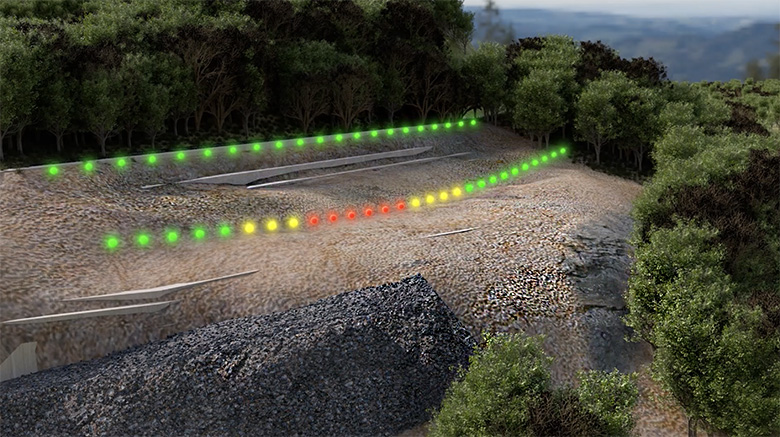
Critical Slopes & Retaining Walls
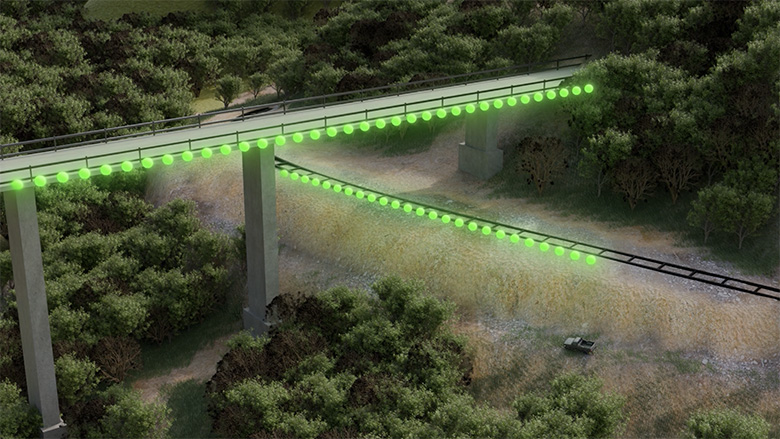
Infrastructure
The Osprey Automated Settlement Profiler is manufactured and patented by Osprey Measurement Systems.
Illustrations and specifications courtesy of Osprey Measurement Systems.
